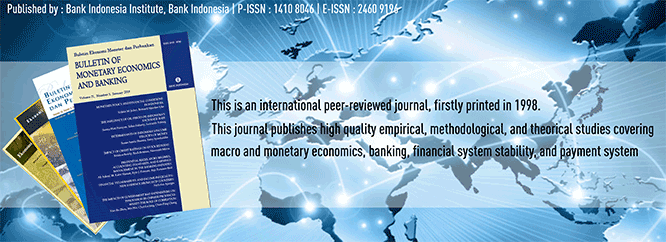
DOES ECONOMIC INTEGRATION INCREASE FEMALE LABOUR FORCE PARTICIPATION? SOME NEW EVIDENCE FROM VIETNAM
Document Type
Article
Abstract
While several studies have, directly or indirectly, showed the importance of economic integration in job creation and destruction, direct empirical evidence for Female Labor Force Participation (FLFP) is still sparse. We take the case of Vietnam – a country that has come out of poverty largely due to her export-induced economic growth – and examine the impacts on FLFP of economic integration over the period 1999-2014. Our results suggest that Vietnam’s export sector, which relies heavily on foreign direct investment and free trade agreements, is an important contributor to FLFP. Economic integration with high-income countries (compared to middle- and low-income countries) was found to be most beneficial to FLFP in Vietnam. Our results also indicate that some traditional drivers of FLFP (such as fertility rate, health status, female adolescents out of secondary school, government education spending, and standard of living) became more (or less) important as Vietnam became more economically integrated.
Recommended Citation
Narayan, Seema Wati; Nguyen, Tri Tung; and Nghiem, Xuan-Hoa
(2021)
"DOES ECONOMIC INTEGRATION INCREASE FEMALE LABOUR FORCE PARTICIPATION? SOME NEW EVIDENCE FROM VIETNAM,"
Bulletin of Monetary Economics and Banking: Vol. 24:
No.
1, Article 7.
DOI: https://doi.org/10.21098/bemp.v24i1.1577
Available at:
https://bulletin.bmeb-bi.org/bmeb/vol24/iss1/7
First Page
1
Last Page
34
Creative Commons License

This work is licensed under a Creative Commons Attribution-NonCommercial 4.0 International License
Country
Australia
Affiliation
Royal Melbourne Institute of Technology University

